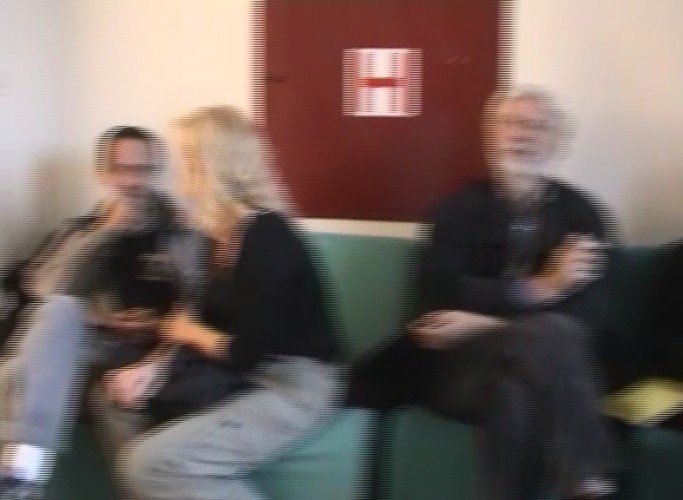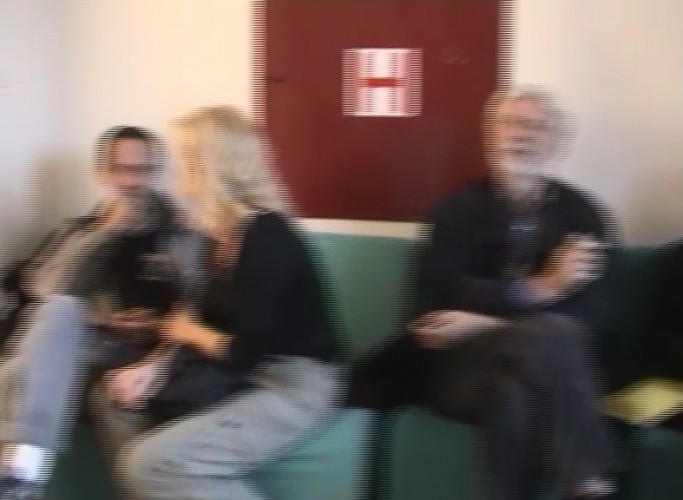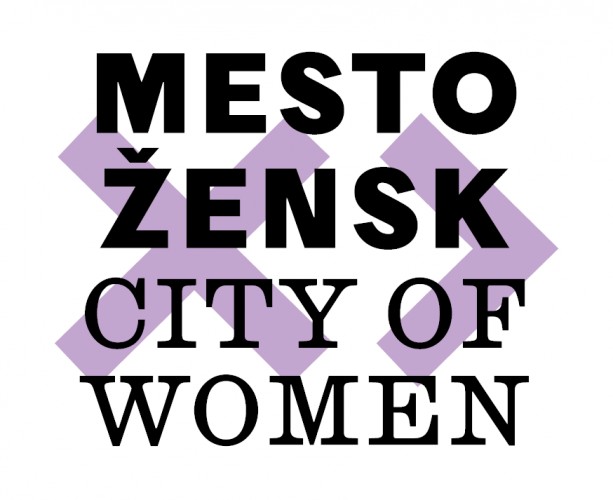The exhibition Depictors of Imagination is an all-embracing review of original illustrations by 28 Slovene women artists. It was conceived in order to point out the continuity of women’s creativity in illustration. Biographical details and background on a number of these illustrators could not be ascertained, but nevertheless their inclusion in this exhibition provides an introduction to generations which have employed a great many approaches as regards content, style and technical perspectives.
Early 20th-century artists, such as Ivana Kobilca, Roza Strnen Klein and Mara Kralj, were involved in illustration during an era when males were predominant in all forms and aspects of painting, while the works produced were mainly intended for an adult audience. But after the Second World War, illustration became a part of the new socialist education concept, and as such was aimed in particular at children. This period was also characterised by a decisive shift to the specialised profession of ‘illustrator’, as well as a significant increase in the number of women engaged in it. Dealing with children was considered women's work, and the increasing number of women artists may well be related to the new educational function of illustration. At the same time an ever-growing marginalisation of illustration within fine art can also be perceived, which is most likely to be attributed to limitations imposed by the medium itself (specific relation to text, and the fact that it is more difficult to pursue modernist principles of autonomous artistic expression in illustration), as well as the ‘feminisation’ of the profession. At the same time, however, it is due to these very same characteristics – and the direct relation with the client – that illustration has become a field of fine art that provides artists with the opportunity to be creative, whilst at the same time affording them financial security.
Some of the most interesting post-WWII women painters were very much involved in illustration, and their works exhibit extraordinary artistic intuition. The generation of artists who introduced the language of modernism into children’s literature, enriching it with wonderful sensibility, humour, and - on occasions - also sharpness, was followed by artists who – due to their specific distinctive traits – became recognised as the Ljubljana School of Illustration. In Slovenia they are known as the “women fairytalers”, and in addition to gaining international acclaim provided the bedrock for further development of illustration in Slovenia. Their work harks back to realistic or idealised depiction, and the creation of worlds in which childhood is a dreamtime, something that also makes them appealing to adults. While younger generations of female illustrators are – on the one hand – strongly influenced by the success of the “women fairytalers”, they nevertheless courageously engage in experimentation. Some reintroduce the abstract expression of high modernism, others flirt with pop culture and principles of design, whilst a few have extended the art of drawing into an undreamed-of realm of subtlety.
Tanja Mastnak



